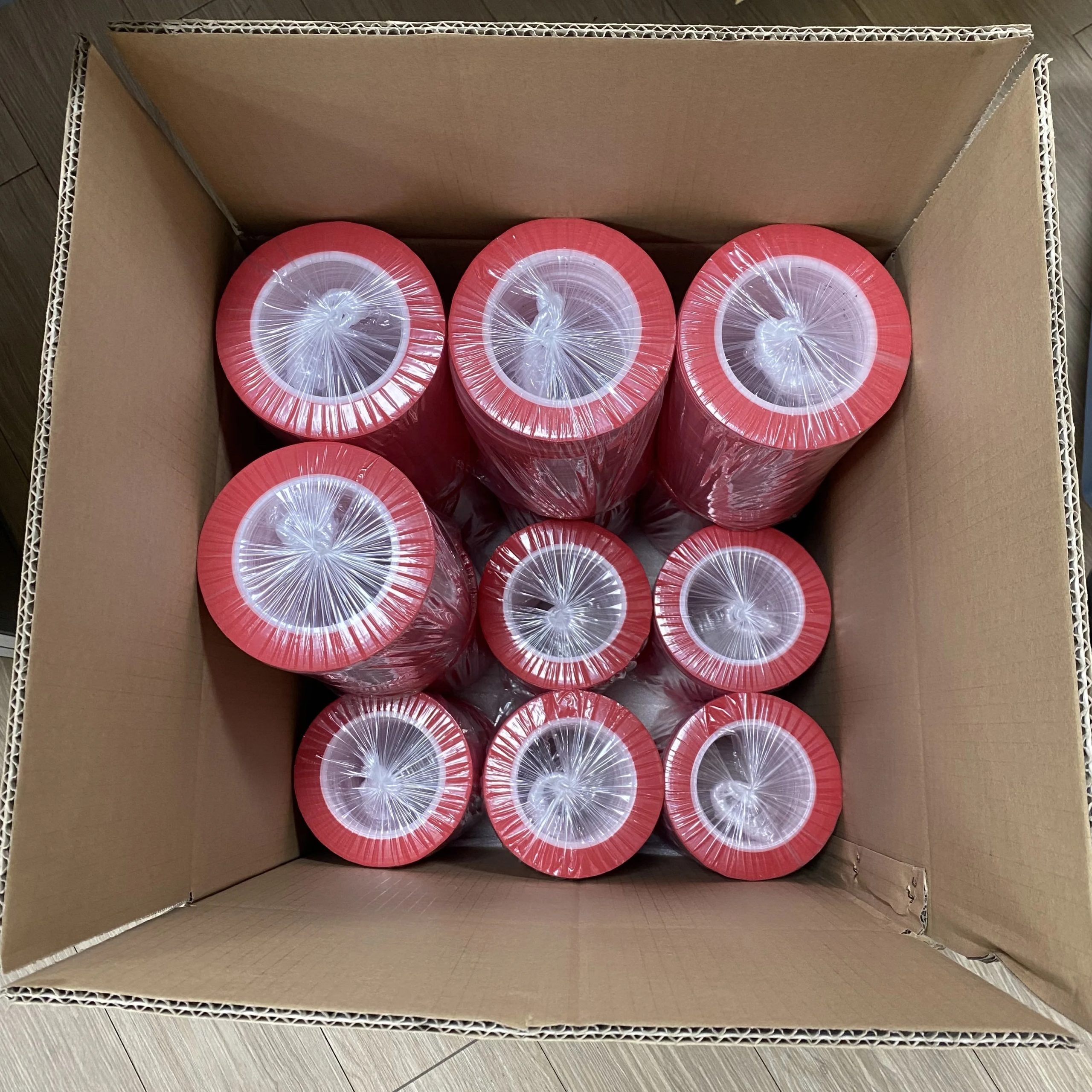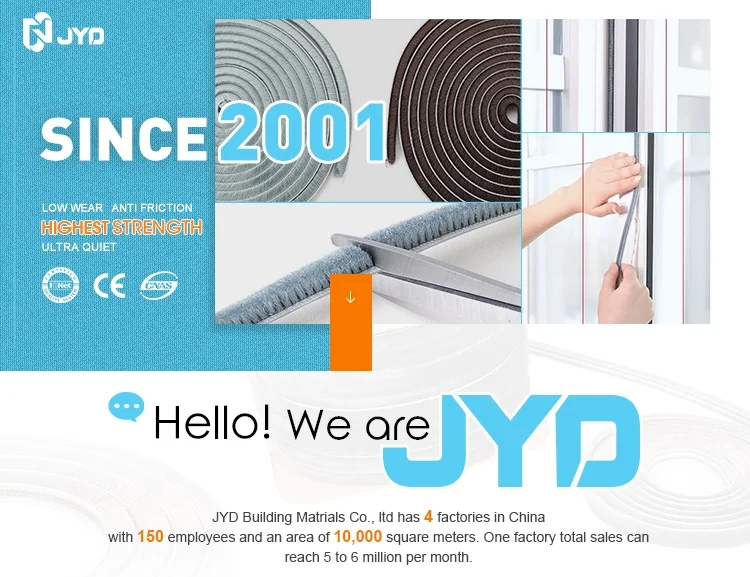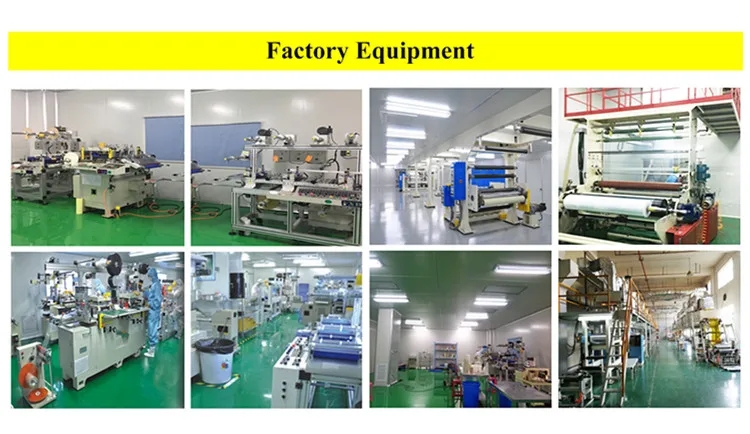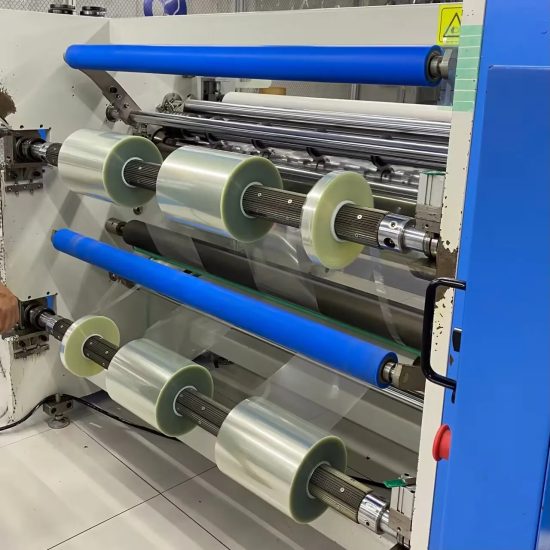Silicone tape, often referred to as self-fusing silicone tape or rescue tape, has several benefits due to its unique properties. Here are some of the advantages of silicone tape:
- Self-fusing: Silicone tape adheres to itself when stretched and wrapped around an object, forming a strong, watertight, and airtight bond without the need for adhesive. This self-fusing property makes it useful for various applications.
- Waterproof: Silicone tape is highly resistant to water, making it an excellent choice for sealing and repairing water-related issues, such as plumbing leaks, hose repairs, or fixing electrical connections in damp conditions.
- Heat resistance: Silicone tape can withstand a wide range of temperatures, typically from sub-zero to high temperatures. This makes it suitable for both indoor and outdoor applications, and it won’t degrade or lose its effectiveness in extreme conditions.
- Electrical insulation: Silicone tape has insulating properties, making it an ideal choice for wrapping and protecting electrical connections, wires, and splices. It can help prevent electrical shorts and corrosion in exposed or vulnerable areas.
- Chemical resistance: Silicone tape is generally resistant to many chemicals and solvents, which can be advantageous in industrial and automotive applications where exposure to various substances is common.
- Easy to apply: Silicone tape is pliable and easy to work with. It can be applied by hand without the need for special tools or adhesives. It adheres to itself quickly and securely, making it a convenient option for quick repairs and emergency situations.
- Durability: Once applied, silicone tape forms a durable and long-lasting seal. It can last for extended periods without deteriorating or breaking down, even in harsh conditions.
- Versatility: Silicone tape can be used for a wide range of applications, including sealing leaks in pipes, hoses, and plumbing, insulating electrical connections, wrapping tool handles for a better grip, and temporarily repairing a variety of objects.
- Residue-free removal: When you need to remove silicone tape, it typically leaves no sticky residue behind. This is especially important for applications where you may need to reposition or replace the tape without damaging the surface.
- Color options: Silicone tape is available in various colors, which can be useful for color-coding, identification, and organization purposes in various settings.
While silicone tape offers many benefits, it’s essential to use it as directed and for suitable applications. Different brands and types of silicone tape may have slight variations in their properties and performance, so it’s advisable to read the manufacturer’s instructions and recommendations before use.
Silicone tape is typically packaged and sold in various ways to accommodate different user preferences and applications. The packaging methods for silicone tape can include the following:
- Individual Rolls: This is the most common packaging method for silicone tape. It consists of a single roll of tape, often wound around a central spool or core. These rolls come in various lengths and widths to meet different needs.
- Dispenser or Spool: Some silicone tape rolls are packaged with a built-in dispenser or spool. This design allows for easy dispensing and cutting of the tape without the need for additional tools. The user can pull the tape from the spool, cut it to the desired length, and then reseal the package to prevent the tape from unraveling.
- Multi-Pack: Silicone tape can be packaged in sets of multiple rolls. These multi-packs are convenient for users who need different colors, widths, or lengths for various tasks. Multi-packs may be sold in a plastic bag or box.
- Blister Packs: In blister packs, individual rolls or small sections of silicone tape are enclosed in plastic or cardboard packaging. This type of packaging provides visibility of the tape and keeps it protected from external elements.
- Re-sealable Bags: Silicone tape may also be sold in resealable plastic bags. These bags can help keep the tape clean and protected between uses. The user can open the bag, take out the tape, and then reseal it for storage.
- Bulk Rolls: For industrial or commercial users, bulk rolls of silicone tape may be available. These rolls can contain a significant amount of tape and are typically used for larger projects or continuous applications.
- Color-Coded Packaging: Some manufacturers package silicone tape in boxes or containers with color-coded labels to help users easily identify the tape’s characteristics, such as width, color, or specific features.
- Customized Packaging: In some cases, silicone tape may be customized for specific applications or industries and packaged accordingly. This can include specialized labeling or branding.
- Hanging Display Cards: Retailers often display silicone tape on hanging cards, making it easy for customers to view and select the product. The tape is attached to the card, and relevant information, such as product specifications, is provided.
The choice of packaging method may depend on the manufacturer’s design and marketing strategies, the intended use of the silicone tape, and the preferences of the end user. It’s essential to check the packaging for important information such as tape specifications, instructions, and safety guidelines before using silicone tape.
Silicone tape, also known as self-fusing silicone tape or rescue tape, offers several advantages due to its unique properties and versatility. Here are the primary advantages of silicone tape:
- Self-fusing: Silicone tape adheres to itself when wrapped around an object, creating a strong, watertight, and airtight seal without the need for adhesives. This self-fusing property makes it highly effective in various applications.
- Waterproof and weather-resistant: Silicone tape is excellent for sealing and repairing water-related issues, as it is highly resistant to water, moisture, and UV radiation. It remains functional even in wet or outdoor conditions.
- Temperature resistance: Silicone tape can withstand a wide range of temperatures, from extreme cold to high heat, without losing its effectiveness. This makes it suitable for both indoor and outdoor applications.
- Electrical insulation: Silicone tape has insulating properties, making it ideal for protecting electrical connections, wires, and splices. It helps prevent electrical shorts, corrosion, and other issues.
- Chemical resistance: Silicone tape is generally resistant to a variety of chemicals and solvents, making it valuable in industrial and automotive settings where exposure to different substances is common.
- Durability: Once applied, silicone tape forms a durable and long-lasting seal. It can withstand wear and tear, making it suitable for both temporary and long-term repairs.
- Easy to apply: Silicone tape is pliable and easy to work with. It can be applied by hand without the need for special tools or adhesives. It adheres to itself quickly and securely, making it a convenient option for quick repairs and emergency situations.
- Versatility: Silicone tape is suitable for a wide range of applications, including sealing leaks in pipes, hoses, and plumbing, insulating electrical connections, wrapping tool handles for a better grip, and temporarily repairing various objects.
- Residue-free removal: When you need to remove silicone tape, it typically leaves no sticky residue behind. This is essential for applications where you may need to reposition or replace the tape without damaging the surface.
- Color options: Silicone tape is available in various colors, which can be useful for color-coding, identification, and organization purposes in different settings.
- Emergency repairs: Silicone tape is often used in emergency situations to address leaks, breaks, and other unexpected issues. It can serve as a quick and reliable solution when more extensive repairs are not immediately possible.
- Long shelf life: Silicone tape generally has a long shelf life, so it can be stored for extended periods without losing its effectiveness.
Overall, silicone tape is a versatile and reliable product that can be beneficial in various DIY, home improvement, automotive, marine, and industrial applications, providing quick and effective solutions to common repair and sealing needs.














